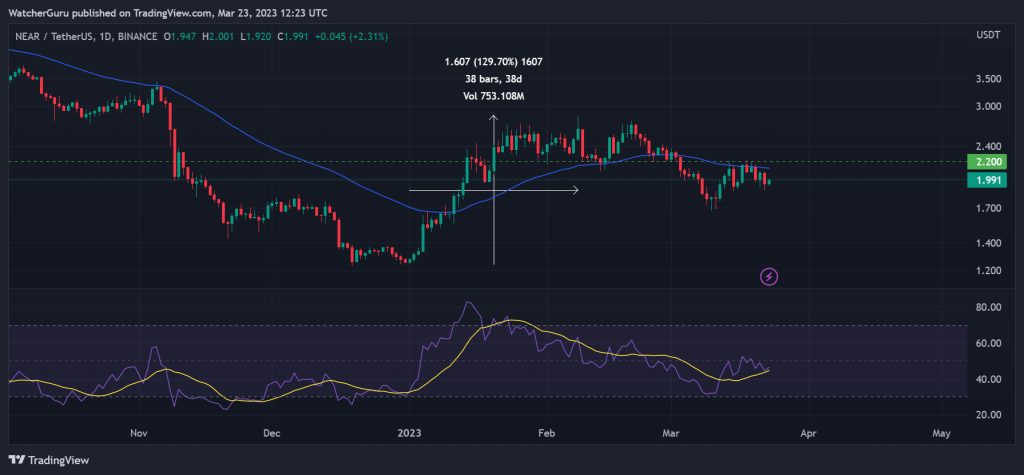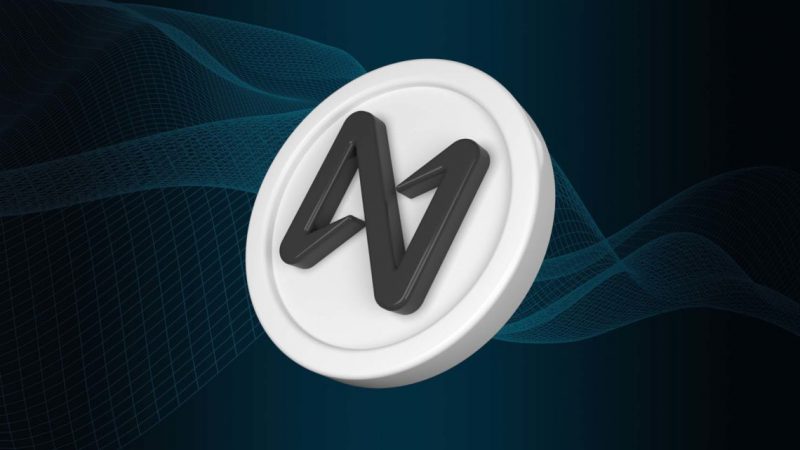According to a research paper released by Bank of America, the Near protocol is a member of a new generation of blockchains, including Cardano, Solana, and Polkadot, that are utilizing innovative methods to improve the “tradeoff between scalability, decentralization, and security.”
The bank further went on to note the reason behind its recent inclination towards Near. The institution mentioned that developers will likely become interested in blockchains like Near. This is mainly because it offers the ability to expand functionality and reward development in the future. The sharding strategy proposed by Near “mitigates common scaling problems related to increasing centralization due to pooling and decreasing security.” This issue is usually caused due to misaligned incentives. Analysts Alkesh Shah and Andrew Moss further wrote,
“Over the longer term, we expect blockchains that prioritize usability and effectively market themselves to gain market share by attracting a robust and diverse ecosystem of applications that drives adoption, network effects, and cash flows.”
Near still in its nascency?
The bank noted that the development of these cutting-edge technologies “remains in the first innings.” However, most of the software that powers third-generation blockchains like Cardano, Solana, Polkadot, Tron, Avalanche, and Near is “still immature.”
While other blockchains concentrate on optimizing output, Bank of America claimed that Near prioritizes network usability. Despite its emphasis on accessibility, creative design, and an ecosystem of more than a thousand applications, Near protocol slowed down in 2022 compared to the year before. Therefore, the Bank of America suggested that the crypto protocol is still immature.
Near Not March-ing Yet?


While the likes of Bitcoin, and Ethereum have registered new yearly highs in March 2023, Near has struggled to rally forward. During the first half of Q1 2023, the token rallied 130% from Jan. 1 to Feb. 8, 2023. However, since then the asset has declined by 32% and it is currently consolidating under its immediate resistance at $2.20. With Relative Strength Index indicating neutral buying and selling pressure, the asset may follow the bullish market eventually, and record new highs going forward.





